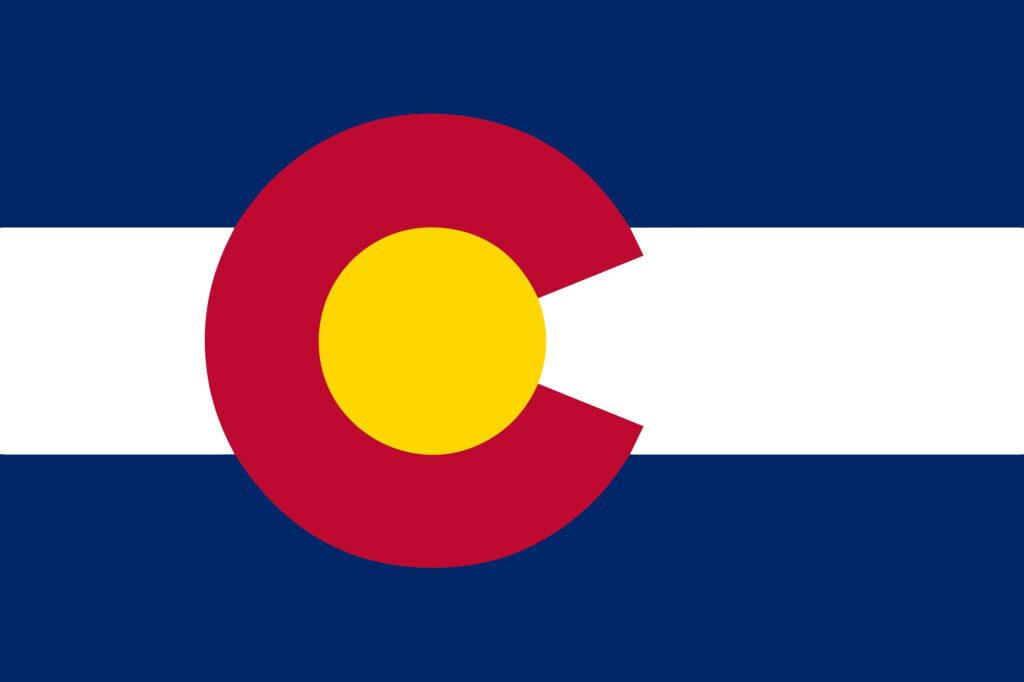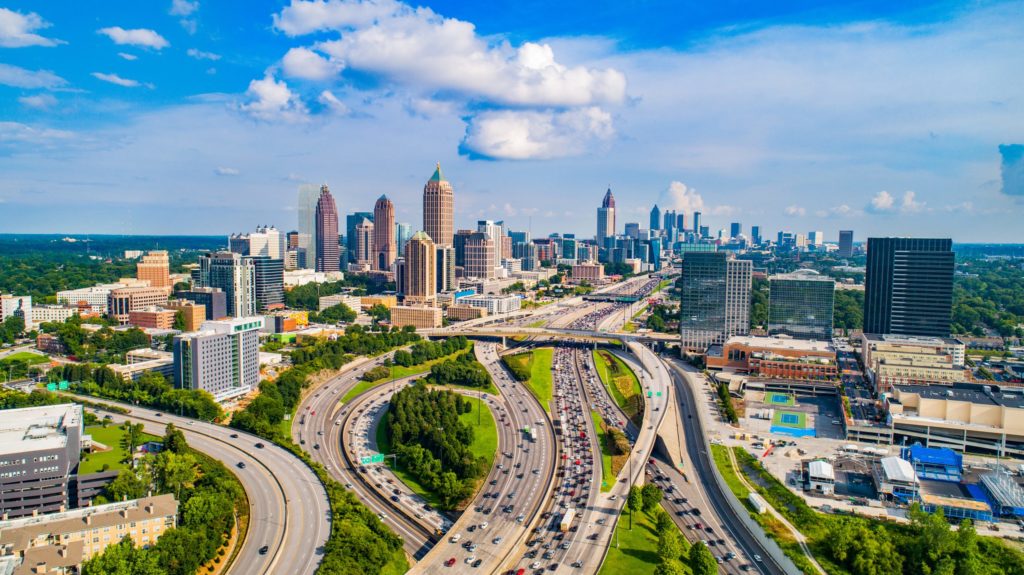Why I like Voting by Mail
It has been a few years since I queued up at a polling place, and I am the happier for it.
Don’t get me wrong, I am a sucker for the pageantry: citizen volunteers man polling places; activists outside hand out flyers in hopes of swinging votes; I get a little sticker to wear proudly on my chest. I love it all.
But I am a busy guy, with a full-time job and four kids. So, in recent years, I have opted to vote by mail. Why do I like it? Because it is wildly convenient. I don’t have to vote on a particular date. I can drop my ballot in the mailbox any date up to the election.
Voting by mail enables me to better deliberate. I open the ballot, look at the choices, and then I can ponder for days. I can supplement the somewhat-helpful voter guide by searching online, and I can discuss candidates and issues with friends and family.
Now, the reader might object, “You can do that without voting by mail. They send you the voting guide weeks in advance.” True, but voting guides tend to sit unread until the night before I vote in person.
The arrival of a ballot, on the other hand, spurs me to act. It’s a to-do staring up from my desk; something I need to complete—lest I fail in my civic duty. A ballot, in other words, is a nudge.
Enough about me, however. There is a more universal reason to like voting by mail. As Phil Keisling notes, voting is a four-step process:
Step 1: Voter registration. (In every state except North Dakota, eligible citizens must separately register as voters to qualify to receive a ballot.)
Step 2: Connecting voters with ballots.
Step 3: Marking the ballot.
Step 4: Casting the ballot/voting.
But many, many voters don’t ever complete it:
The distance between Steps 1 and 2 now represents an uncrossed chasm for the majority of America’s registered voters in almost every election save presidential contests. In the 2014 midterms, 83 million registered voters got to Step 4; almost 110 million never even got from Step 1 to Step 2. In party primary elections, the number is closer to 150 million—four times the number reaching Step 2, much less Step 4.
Put simply, one of the largest benefits of voting by mail is that it can bridge the gap by merging steps 1 and 2.
Unfortunately, only three states (Colorado, Oregon and Washington) make voting by mail the default option. Another 19 states (like DC where I live) permit voting by mail if a voter requests it.
The United States is supposed to be a representative democracy—a nation in which citizens choose their leaders (by voting) and provide policy direction to government by voting and being politically active (writing to legislators, etc.) Yet, in actuality, very few do either and instead grumble about the federal government and Congress not doing their bidding.
Voting by mail can induce more citizens to do their part—to take a little more emotional ownership of their government.
Universal Vote By Mail or UVBM (as some folks call it) also can save taxpayers money. More voting by mail means less need to operate polling stations. Again, Keisling, writes:
Universal vote by mail has the additional advantage of being less costly to taxpayers than the traditional method. Beginning in 2000, Oregon taxpayers started saving $3 million per election cycle. Or consider California’s San Diego County, where election officials found that in a 2013 special election for mayor the direct cost of operating their polling places—$360,000, for 32 percent of votes cast—far exceeded that of the “mailed out” portion—$84,000, for 68 percent of votes cast.
And there are other possible benefits like easing voting for the elderly and mobility-impaired, who no longer would need to travel to polls and stand in line. (Bosses might also appreciate their employees not being late for work or ducking out early, which they are entitled to do.)
In view of all this, what’s not to like?







